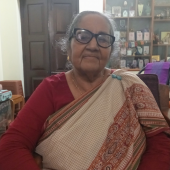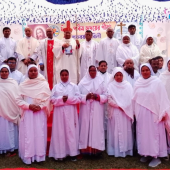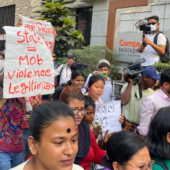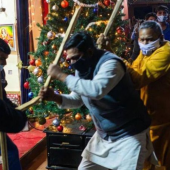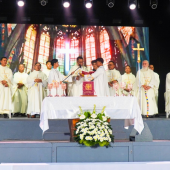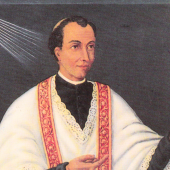Bangladesh Episcopal interreligious dialogue office greets Hindus on Durga Puja festival
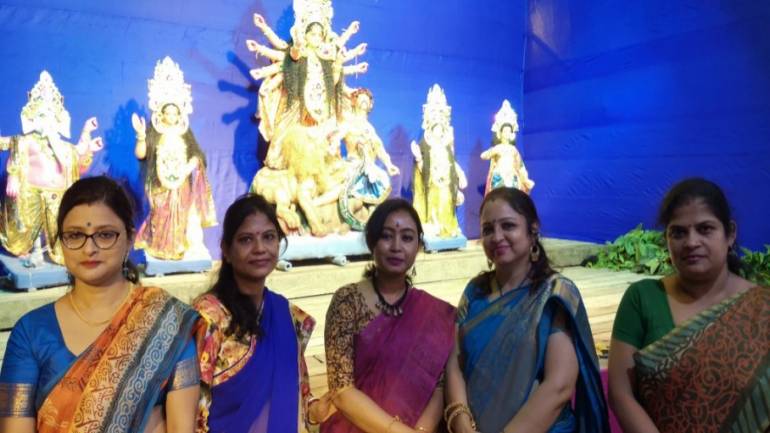
The Episcopal Commission for Christian Unity and Interreligious Dialogue, Bangladesh greets Hindus celebrating the Durga Puja (festival) in the Indian subcontinent.
"Christians offer our greetings and many good wishes to our Hindu brothers and sisters," said Father Patrick Gomes, secretary of the Episcopal Commission for Christian Unity and Interreligious Dialogue, Bangladesh.
"Every divine revelation brings graces and blessings. Our prayer on the occasion of Durga Puja is that as Hindus celebrate this great religious festival, may they be showered with divine blessings on each of them," he told RVA News.
He added, "Christians believe in interreligious dialogue, peace, and harmony."
"On the 10th day (Dosomy), there is truly an interreligious festive gathering. It seems it is a festival of all religions. It's a festival (Mela). Hindus share puja prasad (festival food) with friends of other religions. It is a true fraternity," said the priest.
"May the incarnated Hindu goddess (Durga) bring peace and prosperity to Bangladesh in particular, and the whole world in general," said Father Gomes.
Durga is popular and traditionally celebrated in the Indian states of West Bengal, Assam, Odisha, Tripura, and Bangladesh, and in the diaspora from this region, as well as in the Mithilanchal regions of Bihar (India) and Nepal, among other parts of the world.
The festival is observed in the Indian calendar month of Ashwin, which corresponds to September–October in the Gregorian calendar.
This year, the ten-day festival begins on September 25 and ends on October 5.
Durga Puja is an annual Hindu festival celebrated in the Indian subcontinent that honors and reveres the Hindu goddess Durga and commemorates Durga's victory over Mahishasur.
The festival epitomizes the victory of good over evil, although it is also, in part, a harvest festival celebrating the goddess as the motherly power behind all of life and creation.
Though it is a Hindu festival, it is also a socio-cultural and religious festival celebrated by people of other faiths.
The Hindus in the West Bengal state of India and the Bengali-speaking community, especially in India and Bangladesh, celebrated the Durga Puja festival on October 5 with much religious gaiety.
Bangladesh is a multireligious country, and here, people of different faiths have been living in peace and harmony for decades. So, it is our moral duty to greet each other in creative ways at various religious festivals to intensify our inter-religious harmony.
Like Christmas and Easter for Christians and Eid-ul-Fitr for Muslims, Durga Puja is the central religious festival for Hindus. Hundreds of puja mandaps or pandals (temporary sheds) are prepared in Hindu majority localities, both in cities and towns and villages.
Hindus believe that their one holy and sacred God is incarnated on earth during the Durga Puja. So Hindus worship and adore this deity, Durga, who is portrayed as a beautiful lady with ten hands holding symbols of divine power.
There is an arrow with which Goddess Durga pierces the blackly portrayed devil. A snake too. A Hindu priest leads the puja by reciting mantras (sacred texts). At this time, a bell is rung, and drums are beaten.
Arati is given with perfume and incense. Incensing Arati is offered to the God Durga, and big drums are sounded rhythmically and joyfully with a hard sound.
It is the festival of the incarnation (Divine obotar) of Bhagaban. Goddess Durga's stay duration is three days (7th, 8th, and 9th). On the 10th day, Durga returns to her dwelling above. So the statues are drawn underwater in a solemn manner by putting them in a boat. - Nikhil Gomes
Radio Veritas Asia (RVA), a media platform of the Catholic Church, aims to share Christ. RVA started in 1969 as a continental Catholic radio station to serve Asian countries in their respective local language, thus earning the tag “the Voice of Asian Christianity.” Responding to the emerging context, RVA embraced media platforms to connect with the global Asian audience via its 21 language websites and various social media platforms.









